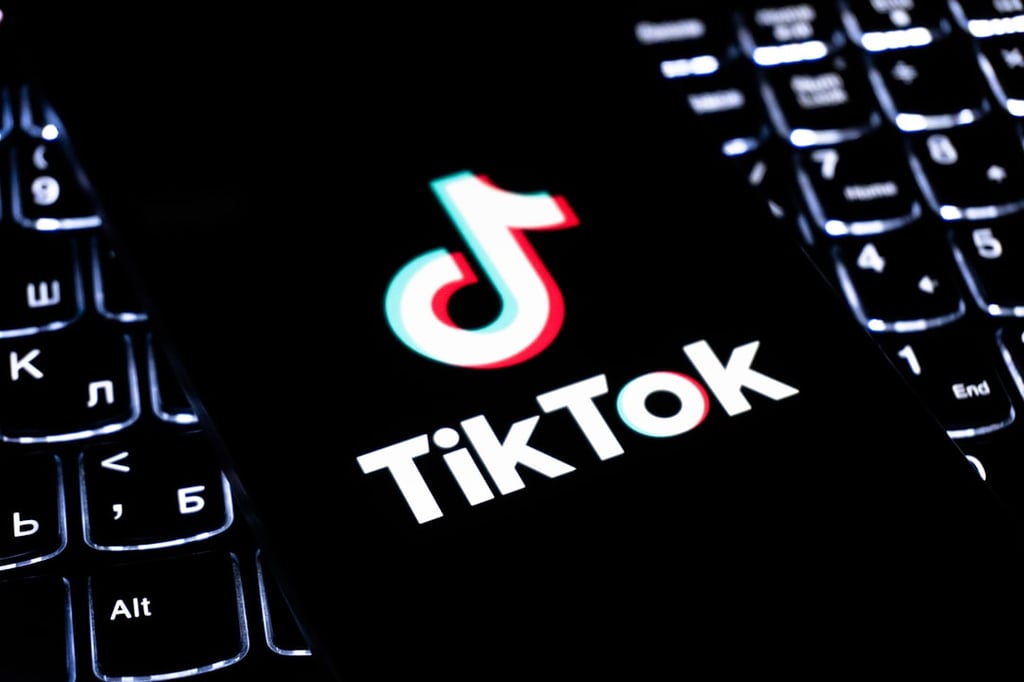Activity trackers will be feeling the squeeze from smartwatches over the next couple of years, predicts a new forecast from NDP Group. The analyst firm expects that by 2016, 9% of the U.S. adult population will own a smartwatch. According to the U.S. Census Bureau’s 2013 estimates, 76.7 percent of the U.S. population (316 million […]
Datamation content and product recommendations are
editorially independent. We may make money when you click on links
to our partners.
Learn More
Activity trackers will be feeling the squeeze from smartwatches over the next couple of years, predicts a new forecast from NDP Group.
The analyst firm expects that by 2016, 9% of the U.S. adult population will own a smartwatch. According to the U.S. Census Bureau’s 2013 estimates, 76.7 percent of the U.S. population (316 million people) is over the age of 18, amounting to over 242 million adults in the country.
NDP’s forecast suggests that over 21 million American adults will own a smartwatch by the end of next year, causing many of them to ditch their Fitbits and other dedicated activity and fitness wearables.
Eddie Hold, vice president of NPD Group’s Connected Intelligence practice, said the “smartwatch will clearly begin to take a bite out of the activity tracker market moving forward,” in a statement. “The fact that the health and fitness apps on smartwatches are a key marketing focus will help draw consumers away from the simpler trackers.”
While Apple scaled back the health monitoring features on its smartwatch, it is still capable of tracking fitness information. The Apple Watch sports a heart rate sensor, which combined with the device’s accelerometer and the GPS of a linked iPhone, can provide users with health reporting capabilities. Naturally, Apple Watch also runs non-health apps, which are key to fueling the adoption of wrist-worn wearables.
“While all of these new products will definitely help drive demand, the real test will be the apps for the smartwatches,” stated Hold. “There will definitely be a demand for these devices and the use-case will follow, but smartwatch manufacturers and app developers need to make these products become ‘need to haves’ rather than ‘nice to haves’,” he concluded.
NPD expects that activity tracker ownership will peak at 32 million units by 2016. And competition from smartwatches isn’t the only reason the market for fitness wearables will begin to fizzle out.
In short, buyers are looking for more full-featured wearables.
“Counting the number of steps taken on a daily basis is only a small part of the activity trackers’ appeal, therefore limiting the addressable market size for these devices,” observed NPD. “In fact, 40 percent of activity tracker owners stop using the device within six months.”
“There is demand for a more sophisticated class of activity tracker that supports GPS and heart rate monitoring, while also being a little more rugged and waterproof,” noted Hold while making the case for sports-focused wearables. “And while we see the simpler fitness trackers potentially hitting a wall, these advanced devices will continue to drive adoption.”
Pedro Hernandez is a contributing editor at Datamation. Follow him on Twitter @ecoINSITE.
Photo courtesy of Shutterstock.
-
Huawei’s AI Update: Things Are Moving Faster Than We Think
FEATURE | By Rob Enderle,
December 04, 2020
-
Keeping Machine Learning Algorithms Honest in the ‘Ethics-First’ Era
ARTIFICIAL INTELLIGENCE | By Guest Author,
November 18, 2020
-
Key Trends in Chatbots and RPA
FEATURE | By Guest Author,
November 10, 2020
-
Top 10 AIOps Companies
FEATURE | By Samuel Greengard,
November 05, 2020
-
What is Text Analysis?
ARTIFICIAL INTELLIGENCE | By Guest Author,
November 02, 2020
-
How Intel’s Work With Autonomous Cars Could Redefine General Purpose AI
ARTIFICIAL INTELLIGENCE | By Rob Enderle,
October 29, 2020
-
Dell Technologies World: Weaving Together Human And Machine Interaction For AI And Robotics
ARTIFICIAL INTELLIGENCE | By Rob Enderle,
October 23, 2020
-
The Super Moderator, or How IBM Project Debater Could Save Social Media
FEATURE | By Rob Enderle,
October 16, 2020
-
Top 10 Chatbot Platforms
FEATURE | By Cynthia Harvey,
October 07, 2020
-
Finding a Career Path in AI
ARTIFICIAL INTELLIGENCE | By Guest Author,
October 05, 2020
-
CIOs Discuss the Promise of AI and Data Science
FEATURE | By Guest Author,
September 25, 2020
-
Microsoft Is Building An AI Product That Could Predict The Future
FEATURE | By Rob Enderle,
September 25, 2020
-
Top 10 Machine Learning Companies 2020
FEATURE | By Cynthia Harvey,
September 22, 2020
-
NVIDIA and ARM: Massively Changing The AI Landscape
ARTIFICIAL INTELLIGENCE | By Rob Enderle,
September 18, 2020
-
Continuous Intelligence: Expert Discussion [Video and Podcast]
ARTIFICIAL INTELLIGENCE | By James Maguire,
September 14, 2020
-
Artificial Intelligence: Governance and Ethics [Video]
ARTIFICIAL INTELLIGENCE | By James Maguire,
September 13, 2020
-
IBM Watson At The US Open: Showcasing The Power Of A Mature Enterprise-Class AI
FEATURE | By Rob Enderle,
September 11, 2020
-
Artificial Intelligence: Perception vs. Reality
FEATURE | By James Maguire,
September 09, 2020
-
Anticipating The Coming Wave Of AI Enhanced PCs
FEATURE | By Rob Enderle,
September 05, 2020
-
The Critical Nature Of IBM’s NLP (Natural Language Processing) Effort
ARTIFICIAL INTELLIGENCE | By Rob Enderle,
August 14, 2020
SEE ALL
ARTICLES









